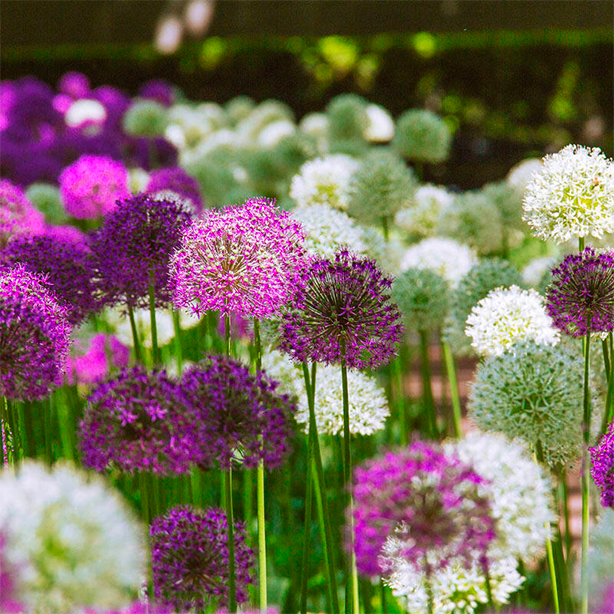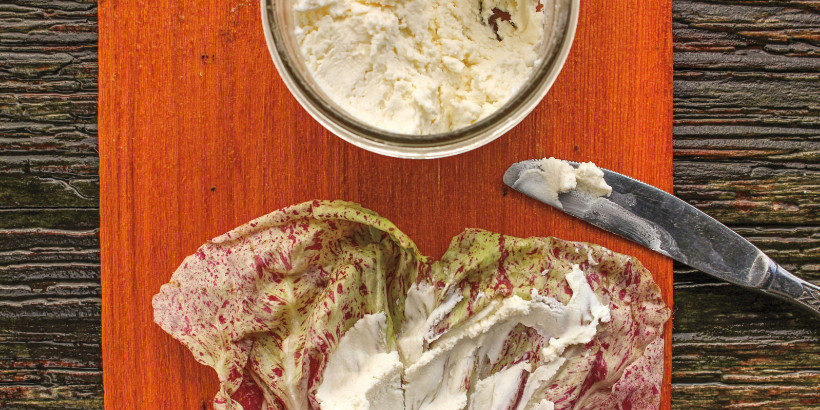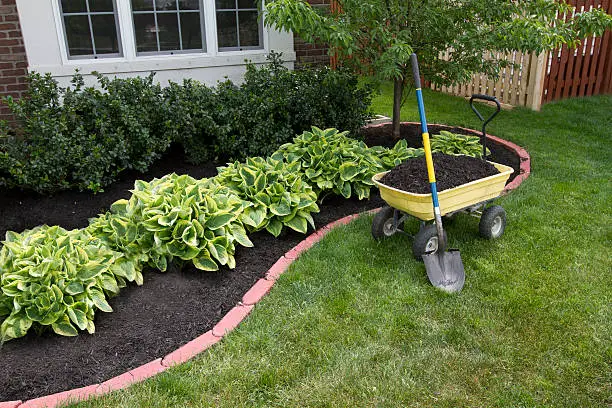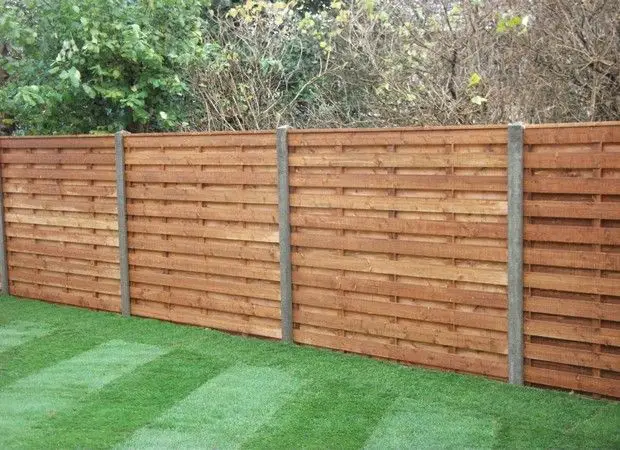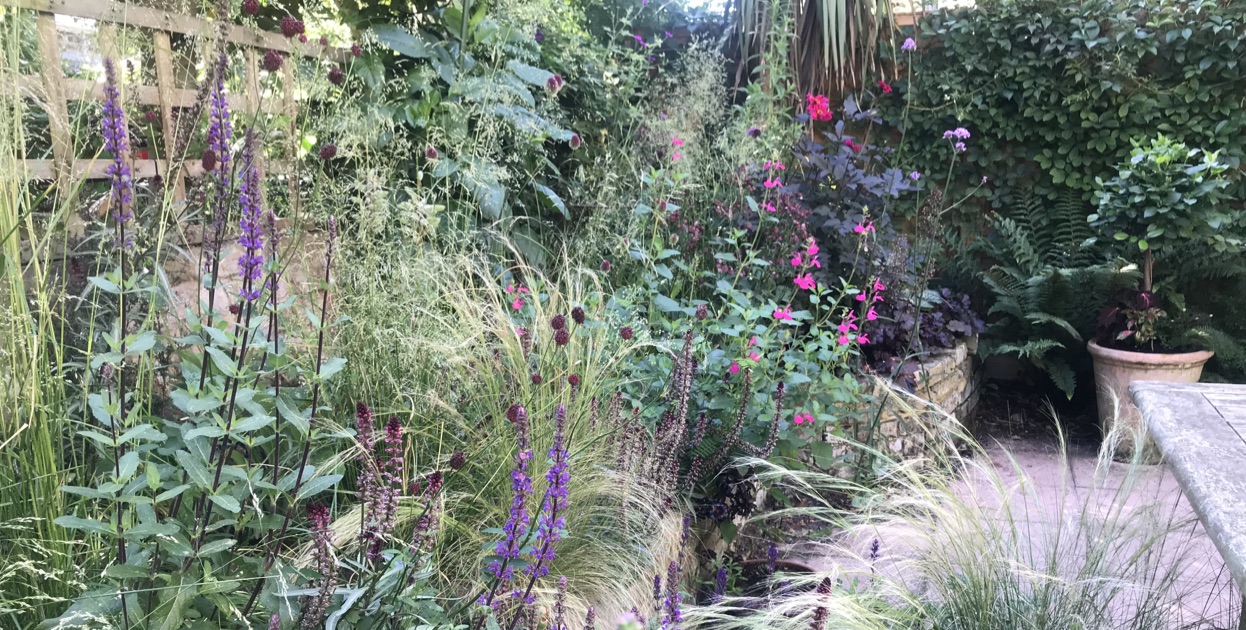What To Do With Stump Grindings?
Stump grindings are the leftover pieces of stumps after they have been cut down or taken out. They can also refer to the material left after roots have decomposed in their entirety.
There are many reasons why stump grindings need to be removed from the property. The first is that they can attract pests and diseases, which can then spread to other plants in your yard or neighborhood.
Leaving them on your property also makes maintenance harder because it creates an uneven surface that could cause injuries. Now that question is, what to do with stump grindings? When removing stump grindings, it is important to consider the following:
- Are there any roots or stumps left?
- What will happen if you leave stump grinding on the ground?
- Will the stump grinding have a negative impact on your lawn?
In the past, people would dispose of their stump grindings by burning them or dumping them in a landfill. Today, they can take a different approach and turn them into biofuel or mulch.
What Is A Stump Grinder?
A stump grinder is a machine that pulverizes the surface of stumps and roots to expose the wood inside. It can be powered by an electric motor, petrol engine, or diesel engine.
The process uses a rotating drum with sharp teeth set in it. The drum is attached to a hydraulic cylinder that pushes the teeth through the surface of the stump.
What Does Tree Stump Grinding Mean?
A tree stump grinding is a simple and environmentally friendly way to remove tree stumps that can’t be removed through other means.
It is the most efficient and environmentally friendly way of removing tree stumps. The technique involves using a rotary blade to cut into the surface of the ground and then pull it back out again, cutting the roots below.
The technique is often used in gardens and weedy areas where we don’t want to disturb any plant life as it is very efficient at uprooting large roots as well as smaller ones.
Should You Remove Stump Grindings?
Some people argue that stump grindings should be removed from the yard because they can cause a possible safety hazard. A person could trip and fall when they are walking or playing in the yard.
A person could also get injured if their pet steps on the stump grinder and is cut by it. Others argue that stump grindings should not be removed from the garden because they provide nutrients to plants and prevent erosion in the garden.
The roots of plants in a garden will grow into the grinder, which provides nutrients to the plants and prevents erosion, such as landslides or heavy rains, from occurring in your garden. The answer to this question depends on whether you are interested in safety or ecology.
Tree Stump Grinding Service
It is important to note that tree stump grinding does not require you to remove your stump. By incorporating the stump into the landscape, you can turn it into a table, seat, or platform that works well with the vision of your ideal garden.
You can, however, enlist the services of a stump grinding business if you want to remove your stump. A quick Google search for stump grinding near me will lead you to someone who can assist. It costs $125 on average to grind a stump.
Having removed your stump, you’ll then be left with a pile of debris, which raises the question: how can you dispose of stump grinding debris?
Things To Do With Tree Stump Grinding Debris
Tree stumps are often left in the yard after the tree is removed. Most people don’t know what to do with them. Here are some things you can do with tree stump grinding debris:
It is possible to utilize what at first glance appears to be nothing more than a pile of waste debris in several different ways. You should find at least one of these tips for what to do with stump grinding debris very useful, regardless of what kind of gardener you are or what vision you have for your lawn after engaging in a stump grinding service.
Add A New Feature To The Area
Replace the old stump with an interesting yard feature instead of planting grass or trees. Gravel and pavers can be used to fill in, level, and define a rectangular area over the stump site. A seating area or play area can be created by adding mulch, pebbles, or sand.
Having the area ready will allow you to turn it into a fun feature instead of a nuisance. Set up an outdoor birdbath or container fountain and enjoy the area. You can build a barbecue and a picnic table where the stump stood. It is up to you to explore and develop these possibilities.
Make Compost From Stump Grindings
You can make compost from leftover stump grindings if you don’t need mulch. The waste can simply be thrown in with all other organic waste on your compost pile, and depending on the weather, it should be fully composted in three months.
Leave The Stump And Plant A New Tree
Whenever you plant a sapling in the same spot as a tree stump, you must completely excavate and irrigate the area first. The decomposition of tree stumps and roots robs soils of nitrogen and other vital nutrients. Large, old roots tangled with the soil surface make it difficult for new trees to establish roots.
In addition, it is not recommended to plant the same species of the tree where an older tree has died. When you replant a closely related species, the possibility of disease transmission from old roots to young trees is higher.
Select a planting location that is not directly on or adjacent to the old stump for a sapling planted in the same spot as the old tree. The distance from the stump varies among horticulturists. You should dig the tree hole at least 3 to 15 feet away from the stump if you want to be safe or hire a tree grinding service.
Fill In Stump Holes With Stump Grindings
The stump grindings can be used to fill in the hole you have just dug. The stump grinding and topsoil will fill in most of the holes left by the stump, then you can cover it up with your topsoil.
Using The Chipped And Shredded Bits
In the process of grinding a stump, wood debris is left behind. Wood fibers and pieces of wood from the stump make up the pile. You will have a greater pile of leftover material if the stump is also ground under the roots.
You can use the leftover wood and root pieces as mulch, as long as they don’t show any signs of disease. Adding mulch to walkways, flower beds, and other landscaped areas keeps weeds at bay and deter some pests.
Let the wood cook in your compost heap for a while if it is of questionable quality. Adding volume and fluff to compost is made possible by the slow breakdown of wood fibers. Composting creates soil for gardens, potting sheds, and animal pastures once it has heated up in your pile.
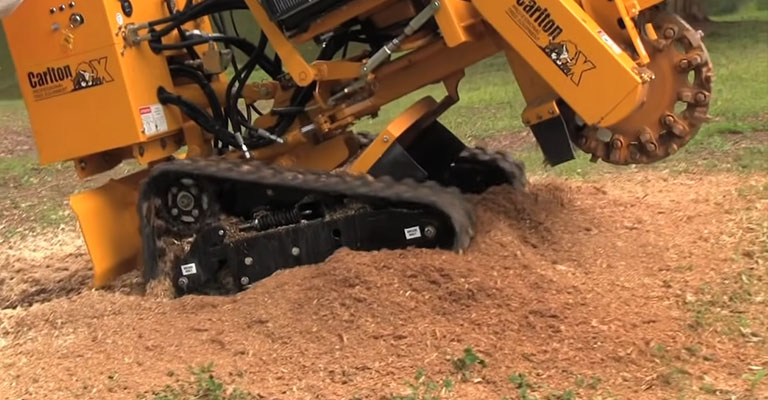
Stump Grindings Can Be Used As Mulch
You can make mulch from stump grinding debris if you’re wondering what to do with it. Making mulch from leftover stump grindings is the most practical and useful use. Mulch can be made from stump grindings.
In addition to providing insulation, they also help keep moisture in the soil and make weed removal easier. You must first check the stump grindings for grass and make sure they are devoid of it. Grass should be removed (leaves are fine to stay).
Afterward, you’ll need to apply three to six inches of grindings evenly over your plants, depending on how large the plants are. Mulch is required for trees up to six inches in diameter; for smaller plants, a few inches will be sufficient.
Ensure that you top up your mulch when the grindings begin to decompose. About three months after adding the grindings, this will occur.
Final Words
A tree stump grinder can grind tree stumps, roots, branches, and other organic materials to produce high-quality mulch. It is the most environmentally friendly way of disposing of tree stumps. Hopefully, now you know what to do with stump grinding.
After the meticulous task of stump removal, many homeowners are left pondering over the best uses for their stump grindings. These wood chips produced by stump grinders can be put to a myriad of uses, ranging from serving as an effective and organic grindings-as-mulch to fostering a nutrient-rich compost for your garden beds. Incorporating high nitrogen fertilizer can expedite the decaying process, making the stump grounds an invaluable asset for enriching the surrounding soil. When mixed with other organic materials like shredded bark or evergreen needles, these grindings become a haven for promoting robust plant growth. If you’re dealing with a residual stump hole, simply fill it up with a combination of stump grounds and grass seeds. This not only helps eliminate the unsightly stump remnants but also ensures that the space is utilized efficiently for fresh greenery.
The aftermath of using stump grinders doesn’t have to be daunting. Embrace the wood chips as an organic gift, capable of serving multiple purposes from being a base for your plants to aiding in the nourishment of the soil. The age-old problem of what to do with these grindings has an array of solutions that not only beautify your space but also contribute to the environment. With the right approach, what was once an unsightly stump can be transformed into a cornerstone of vibrant growth and garden sustainability.
Also read – How Do You Add Ducts To An Existing Duct?

